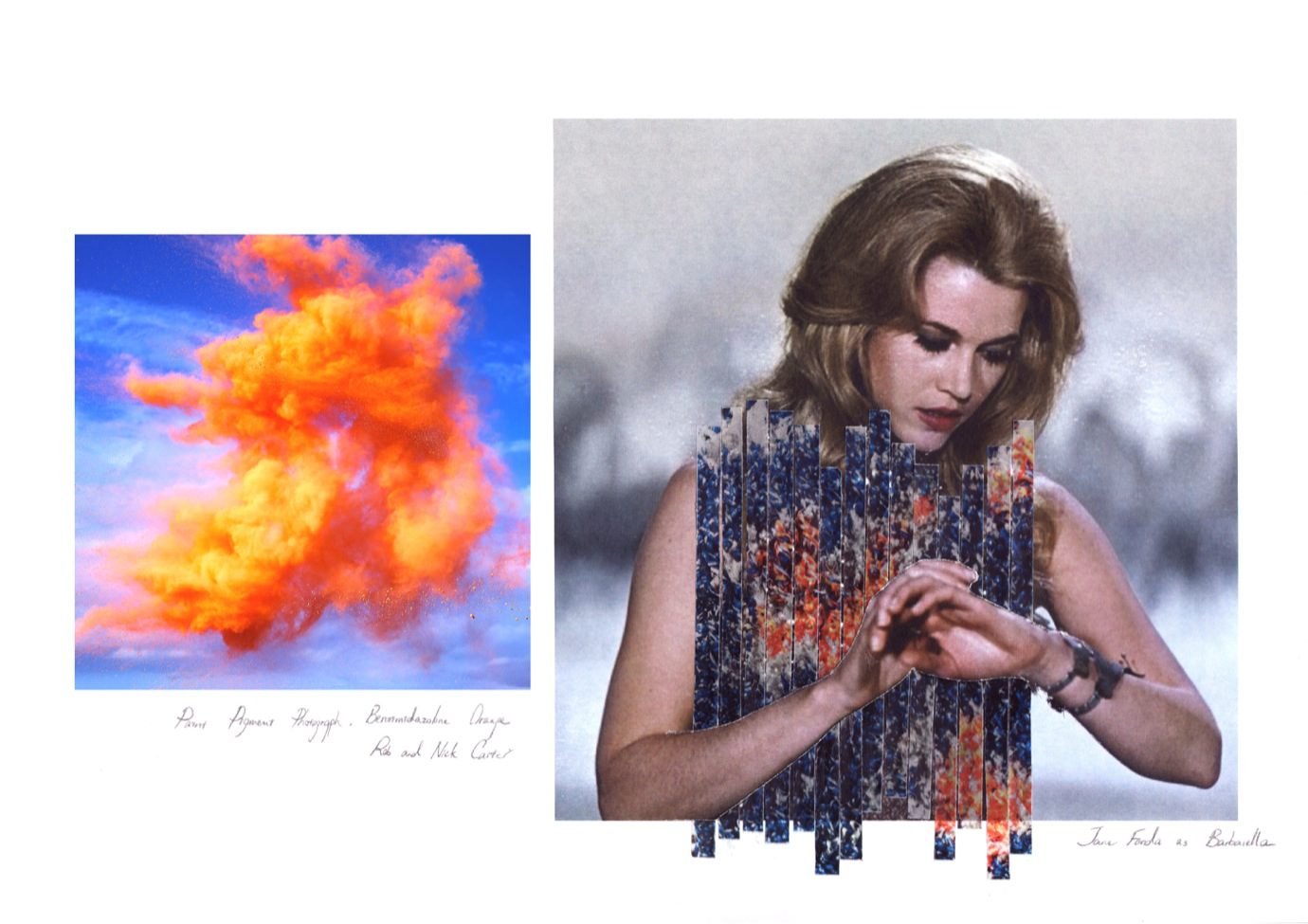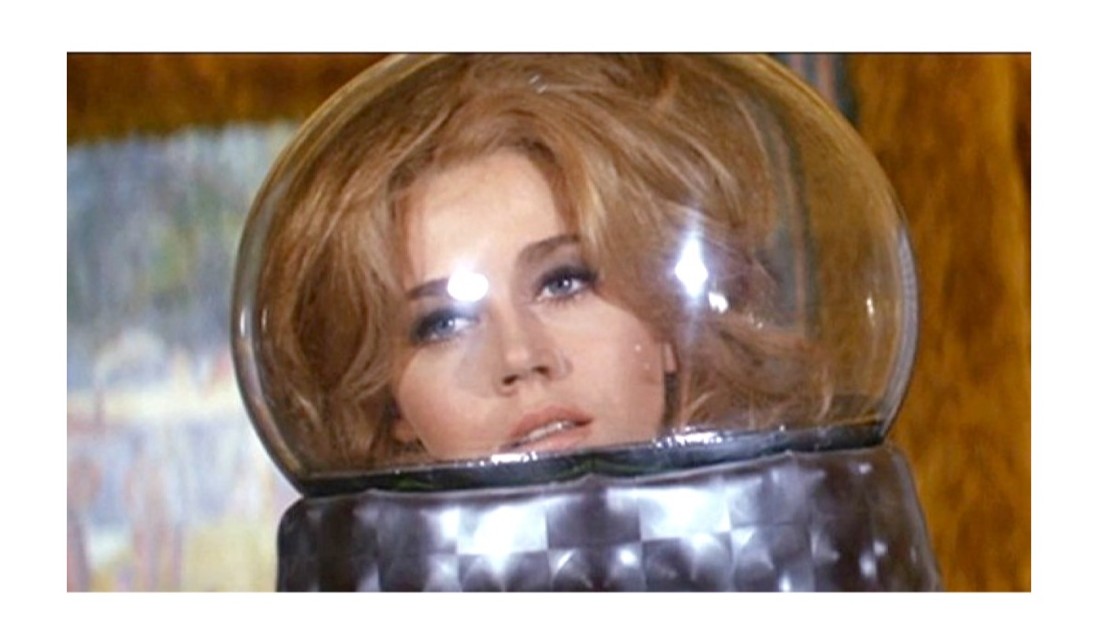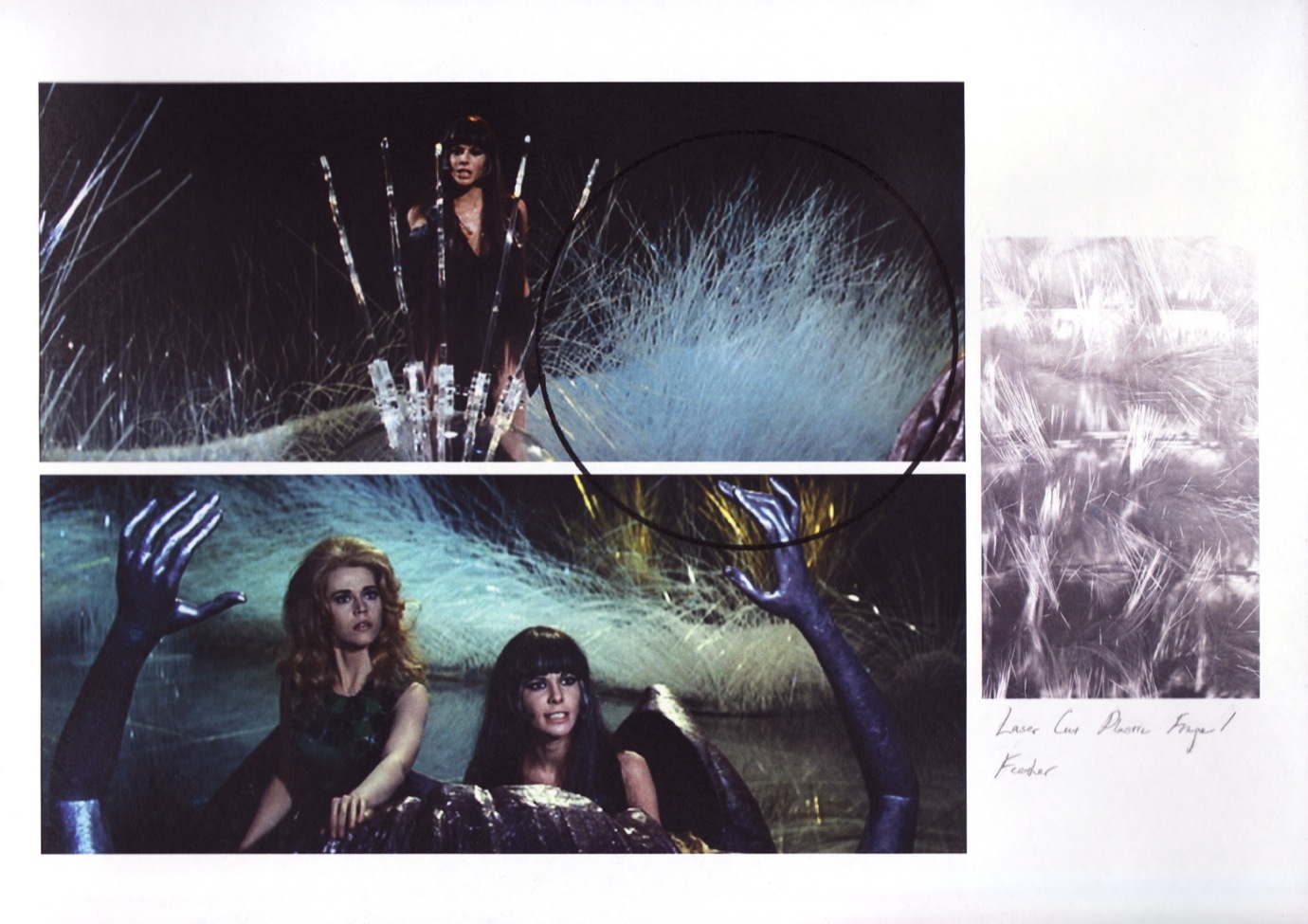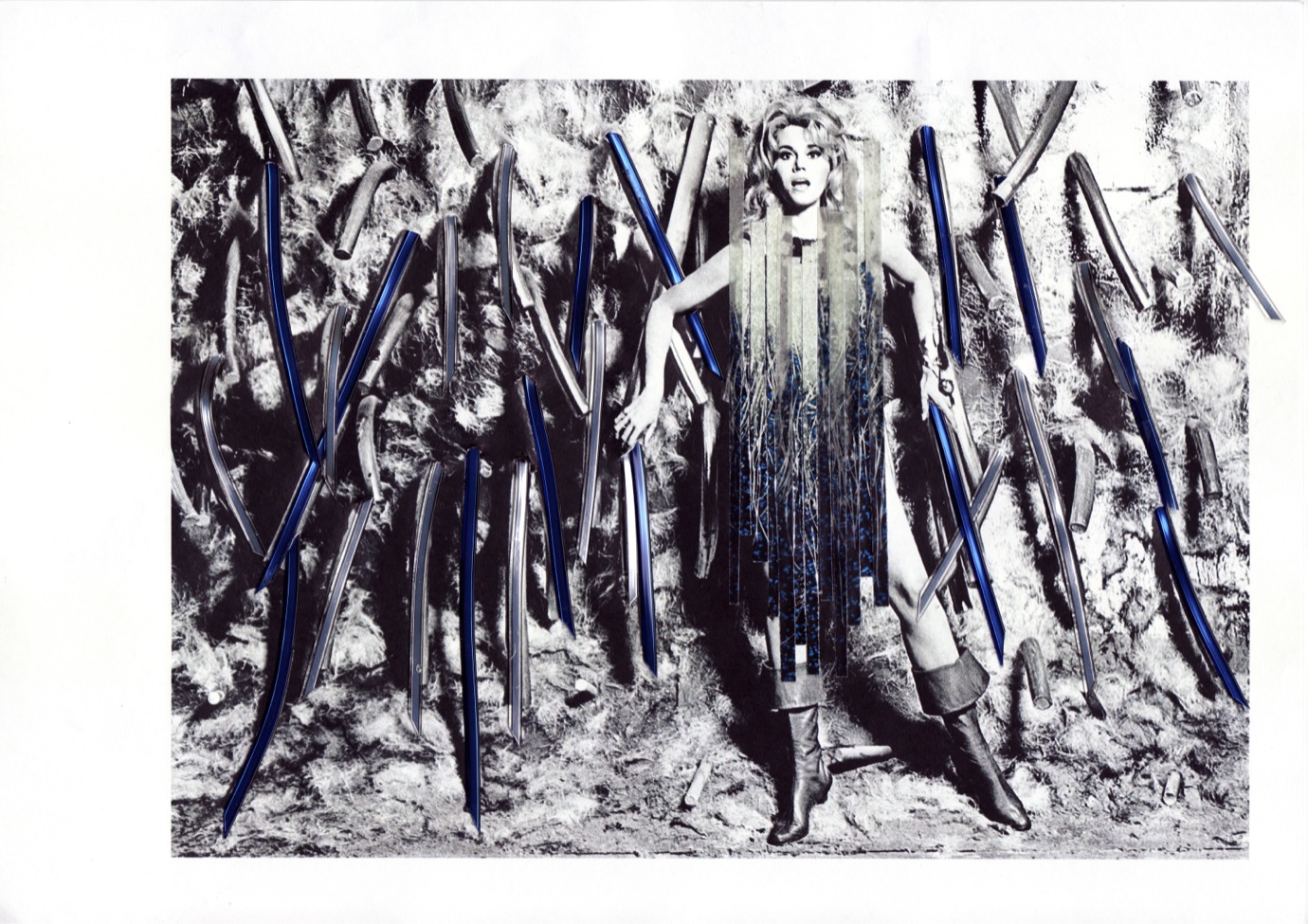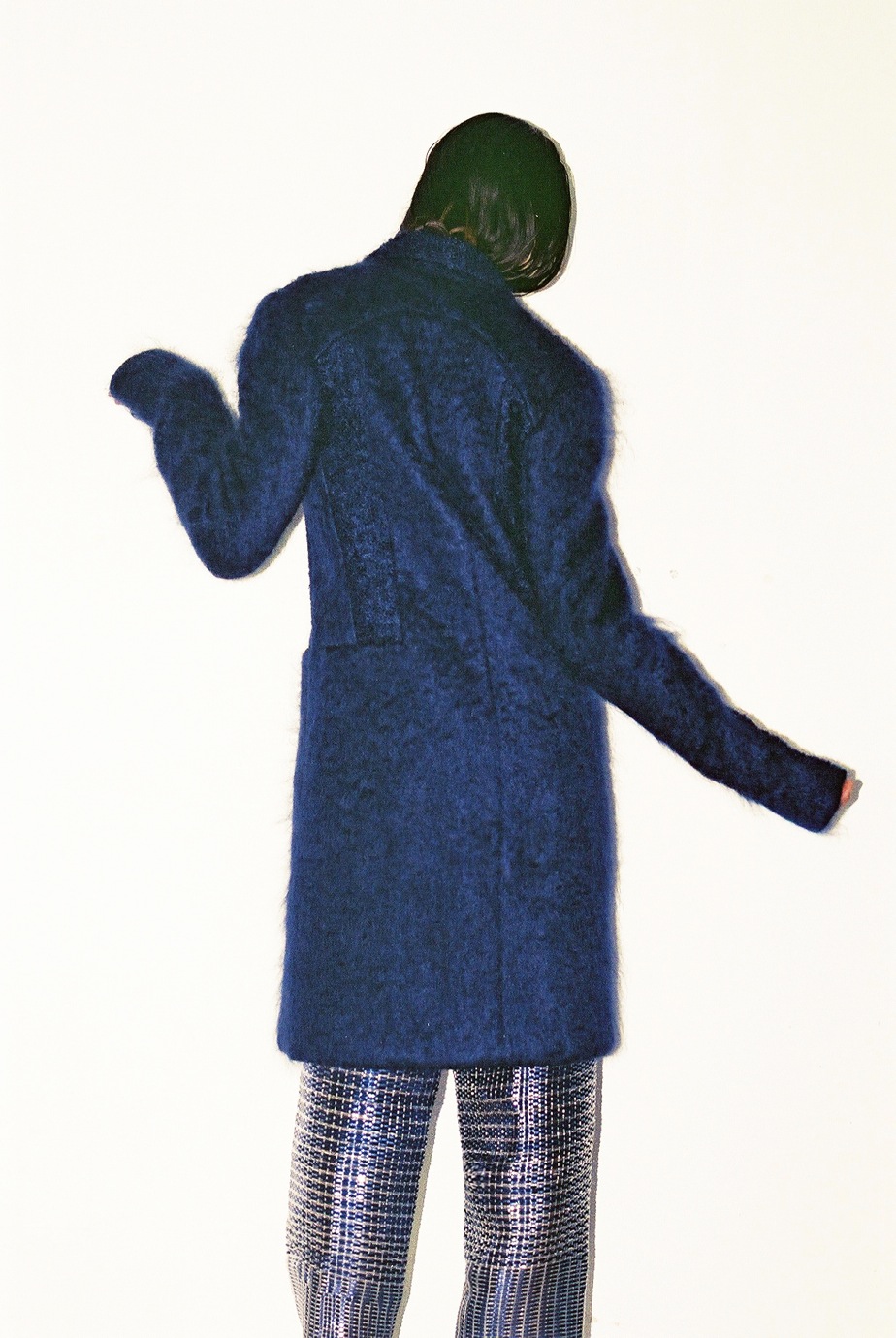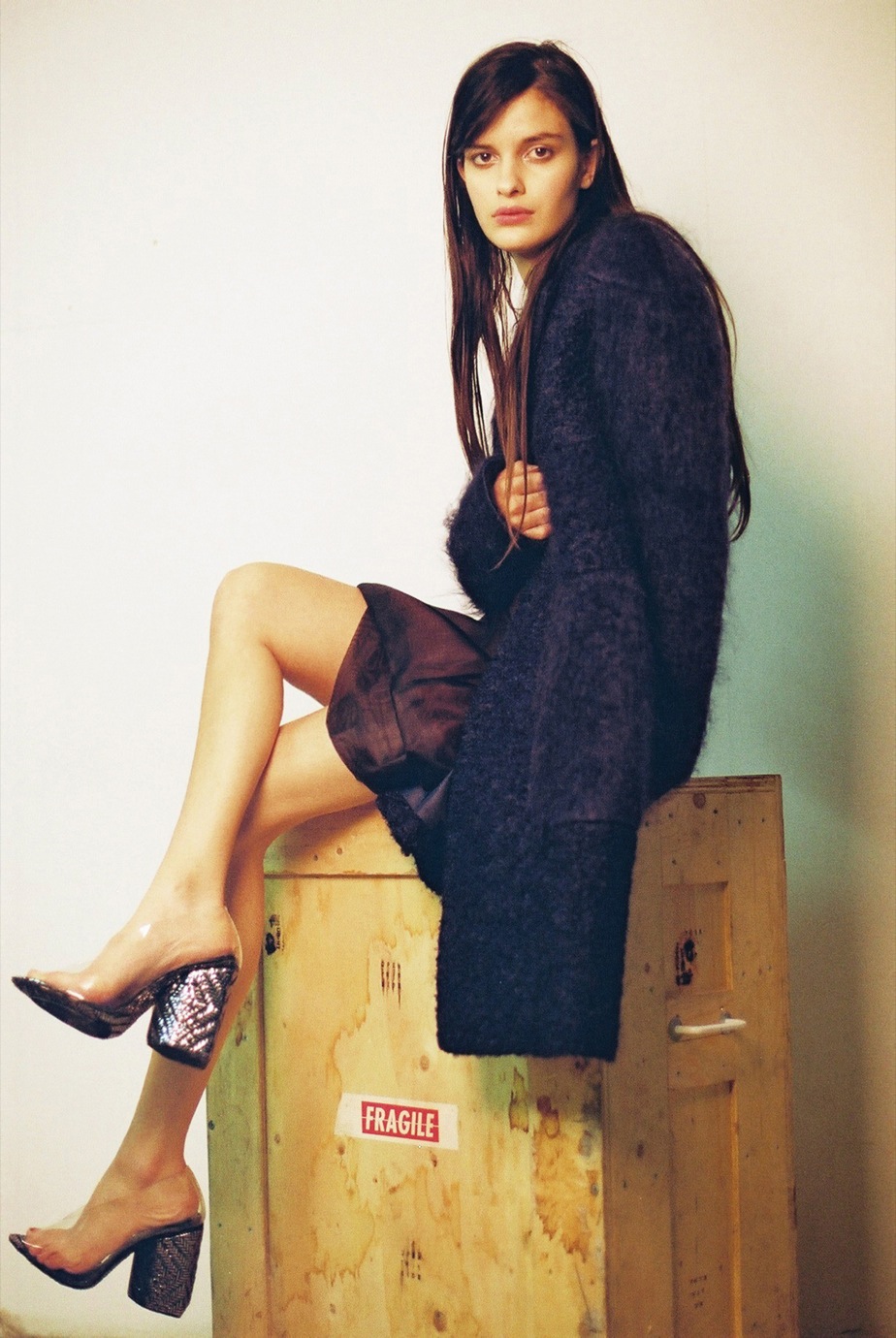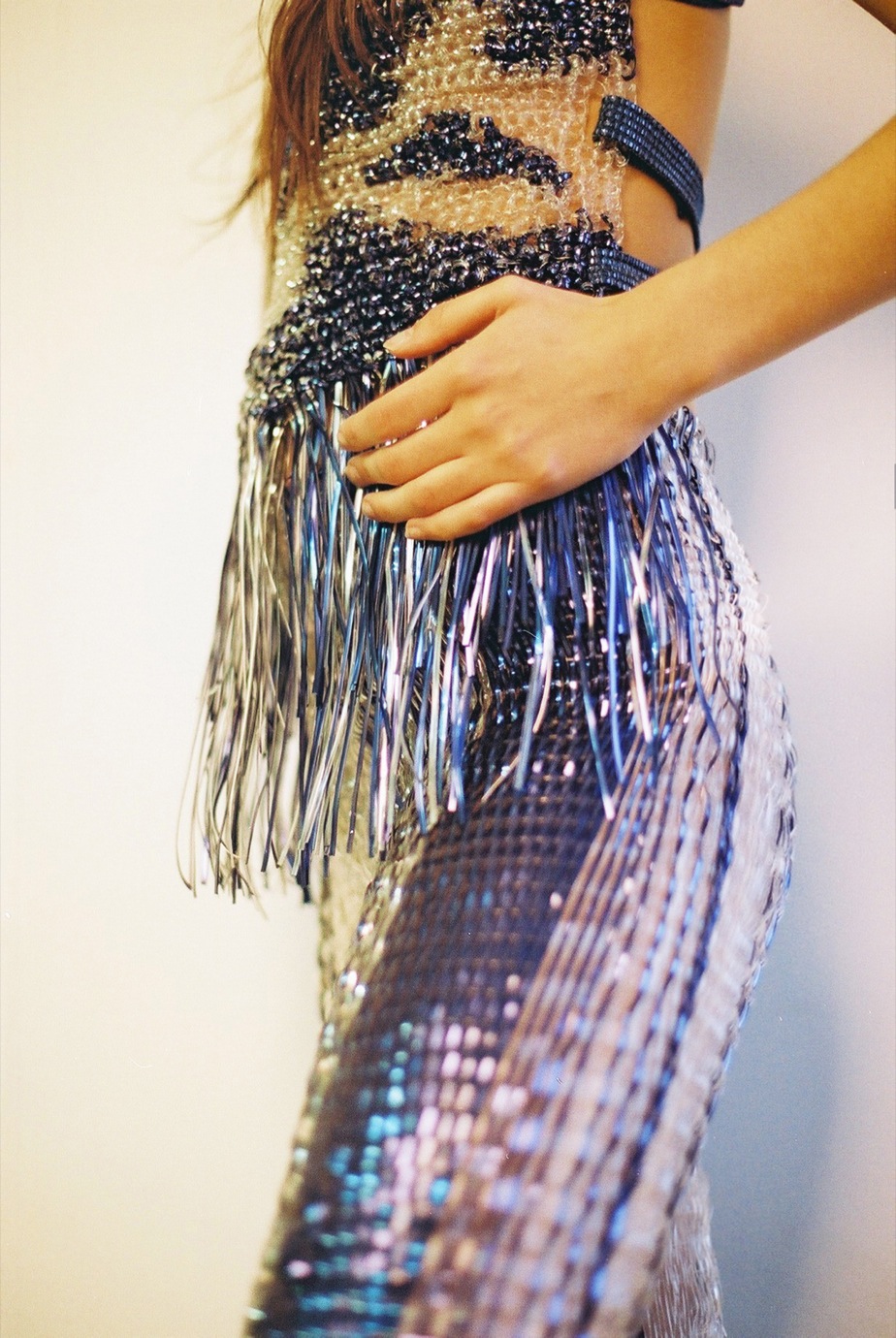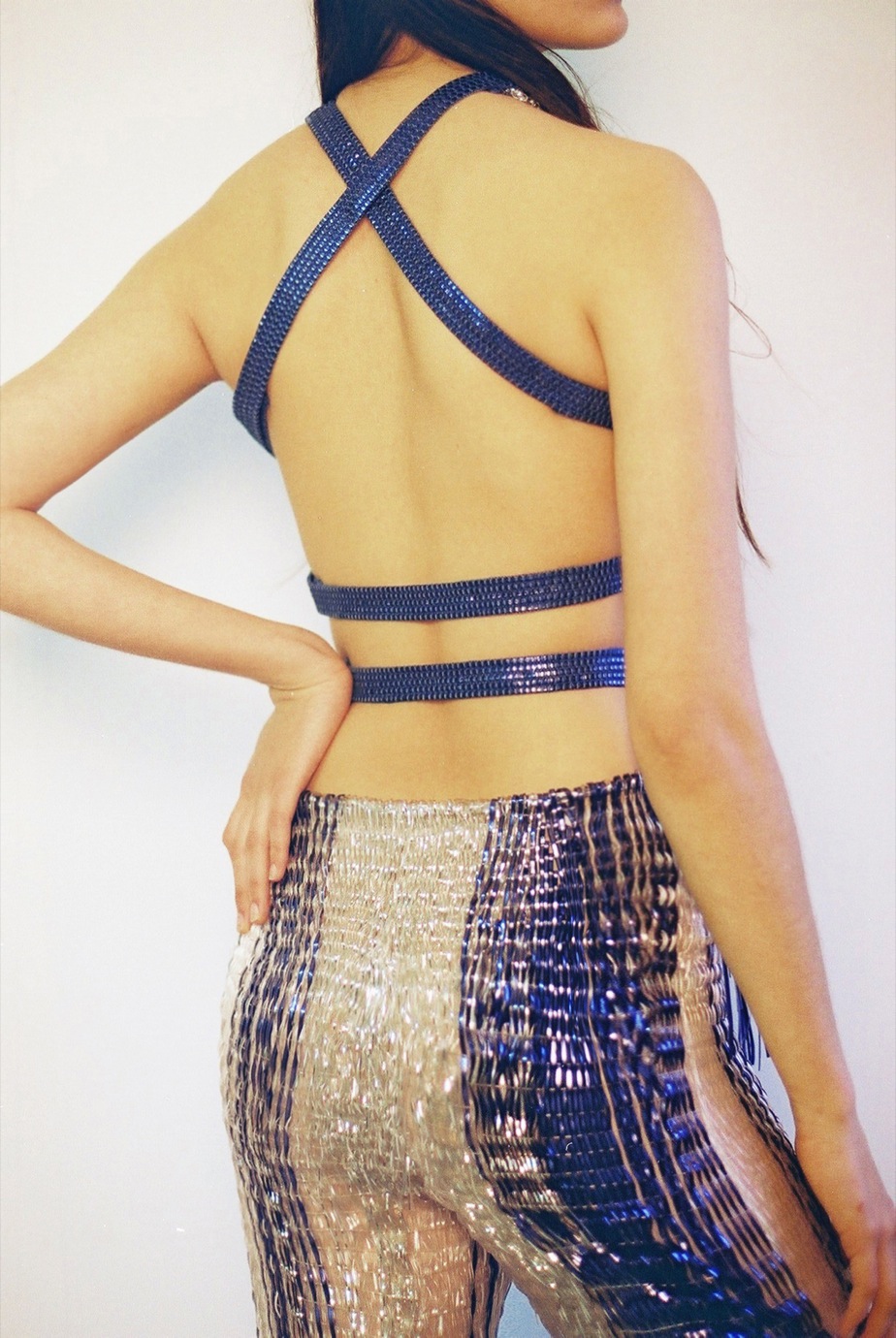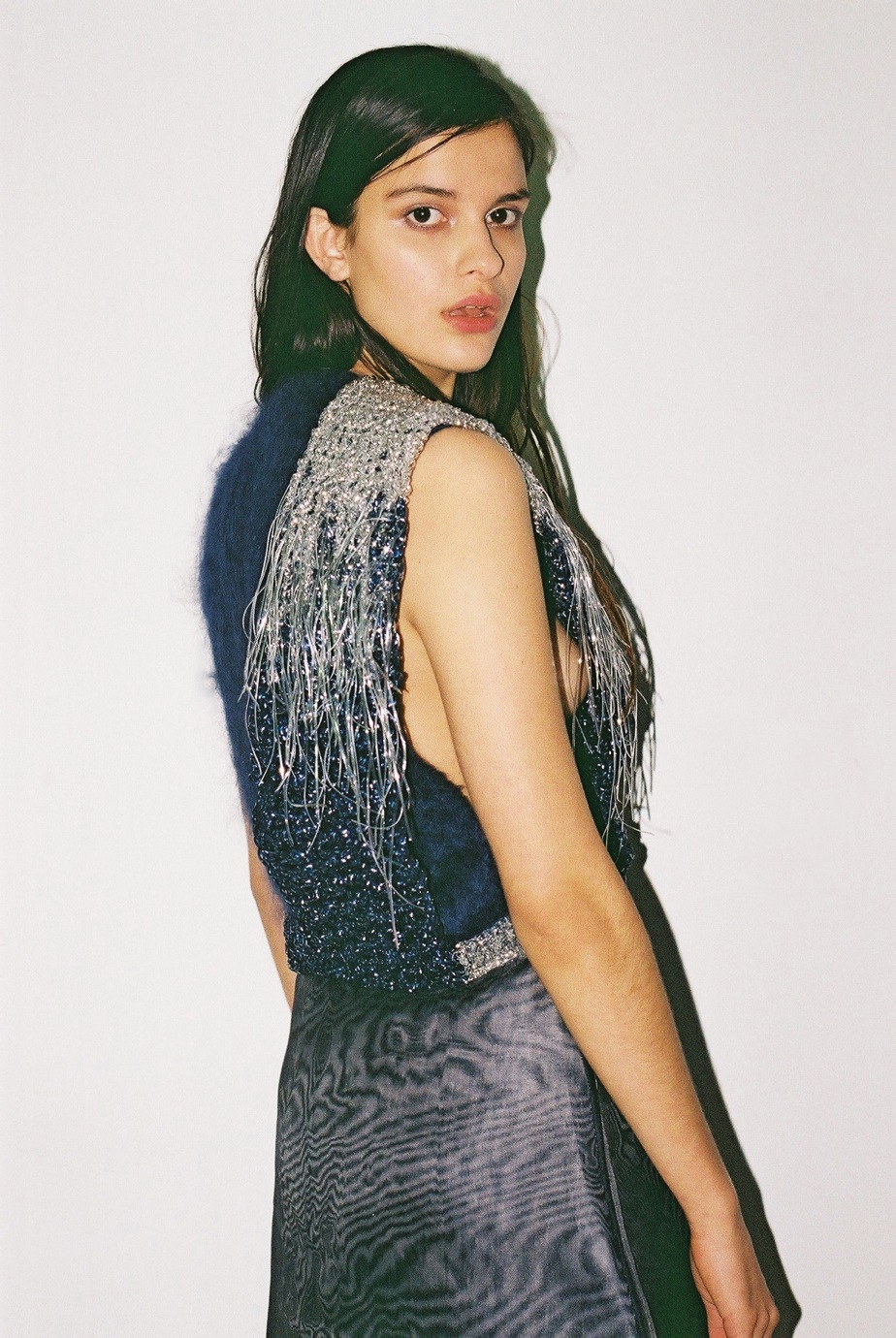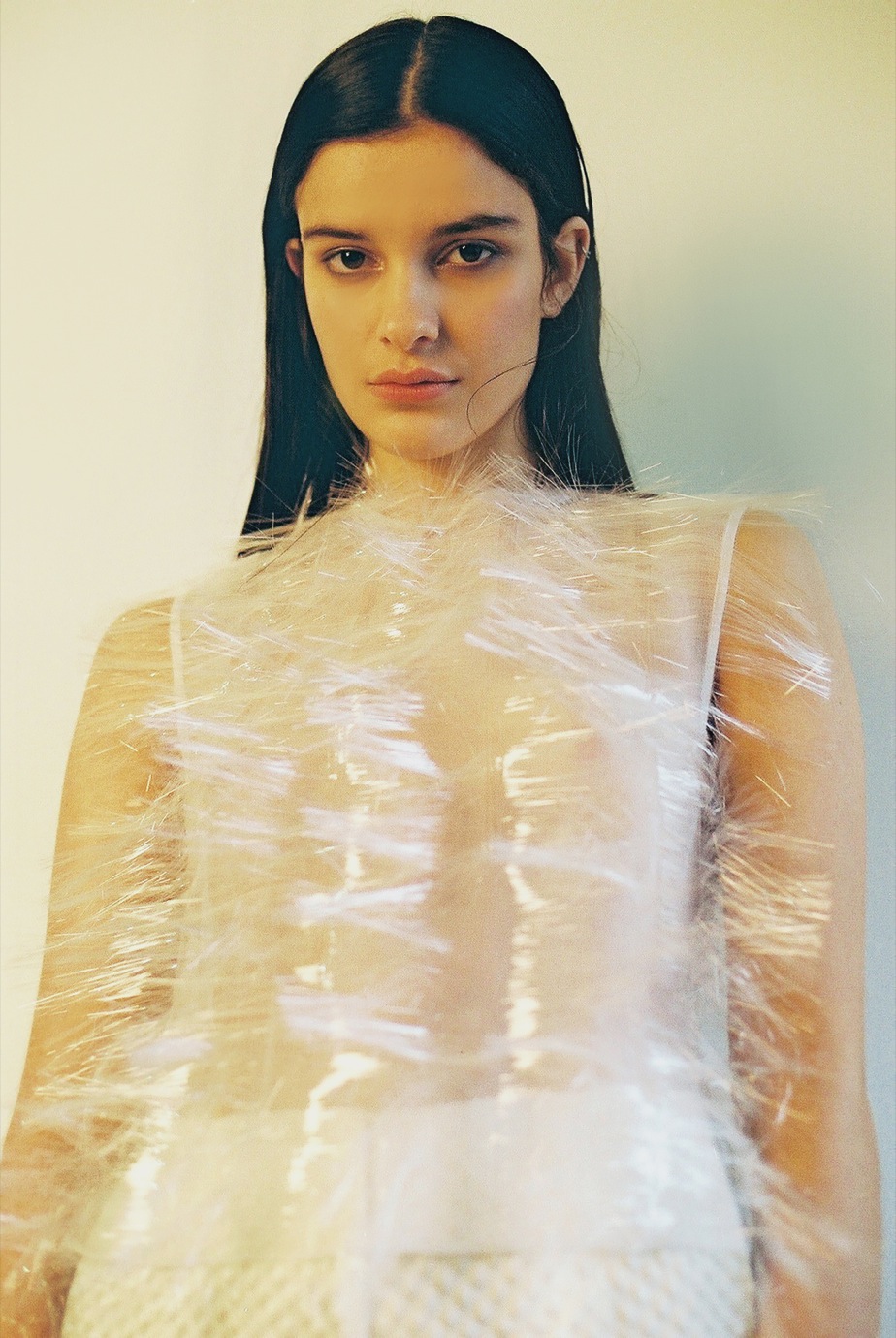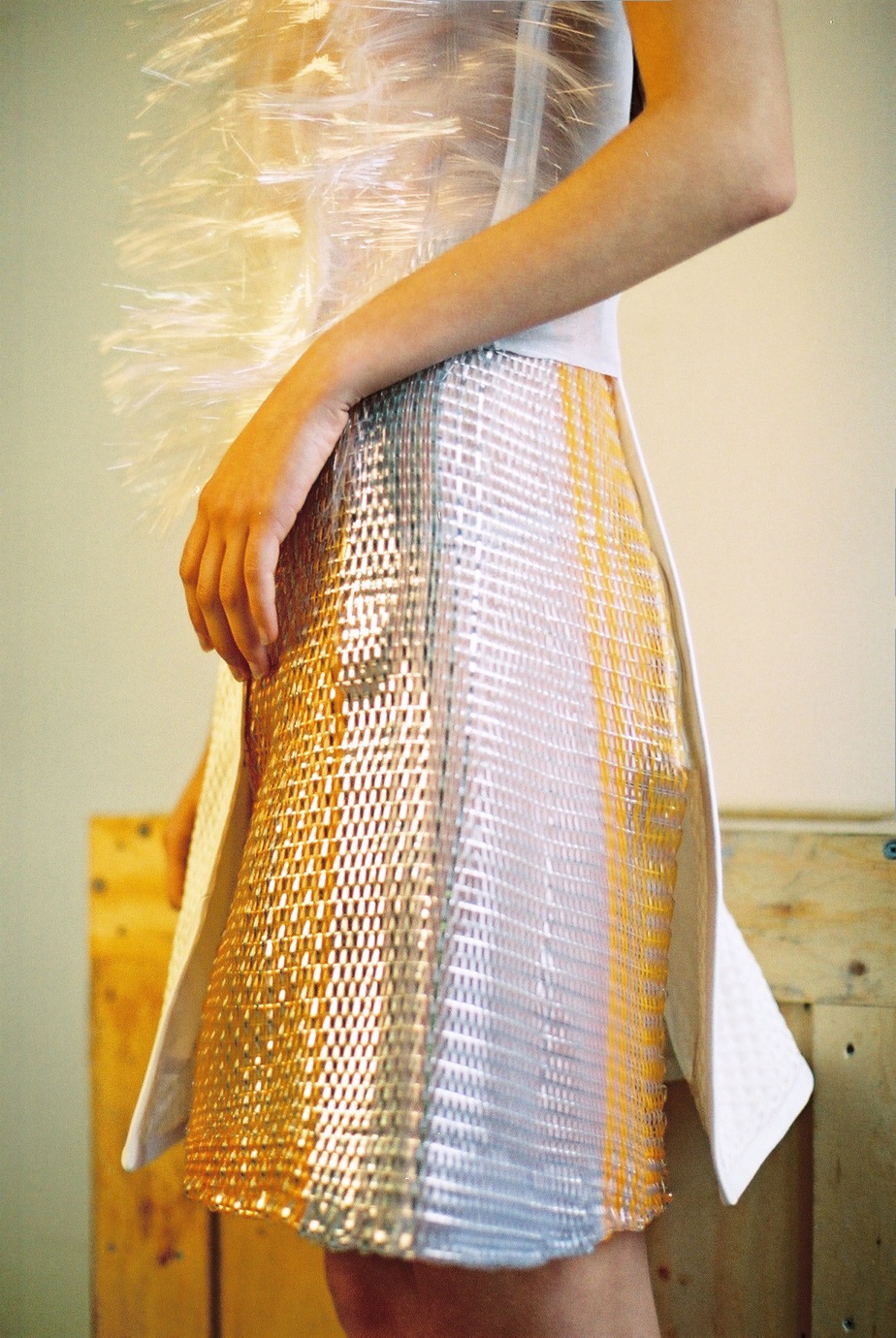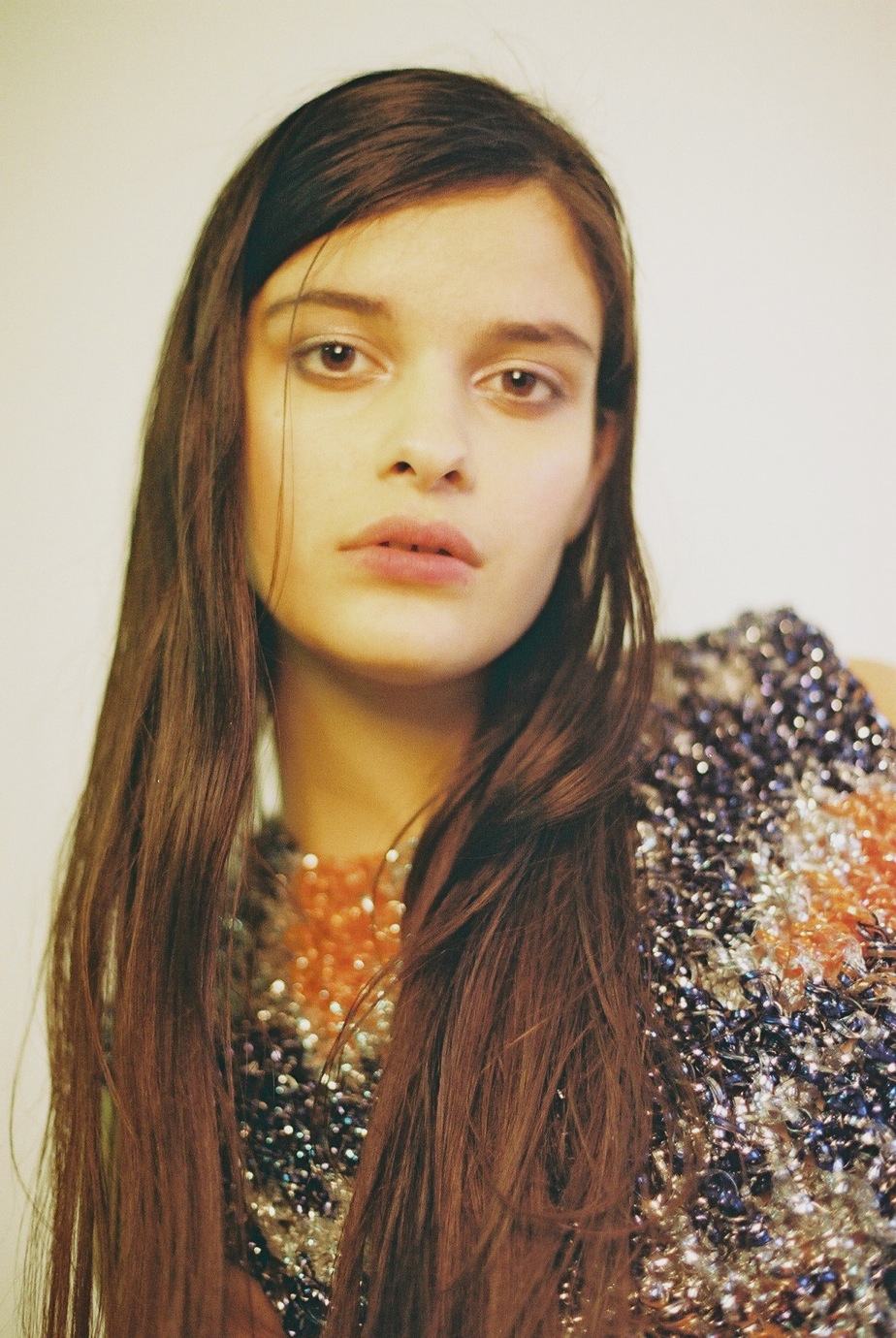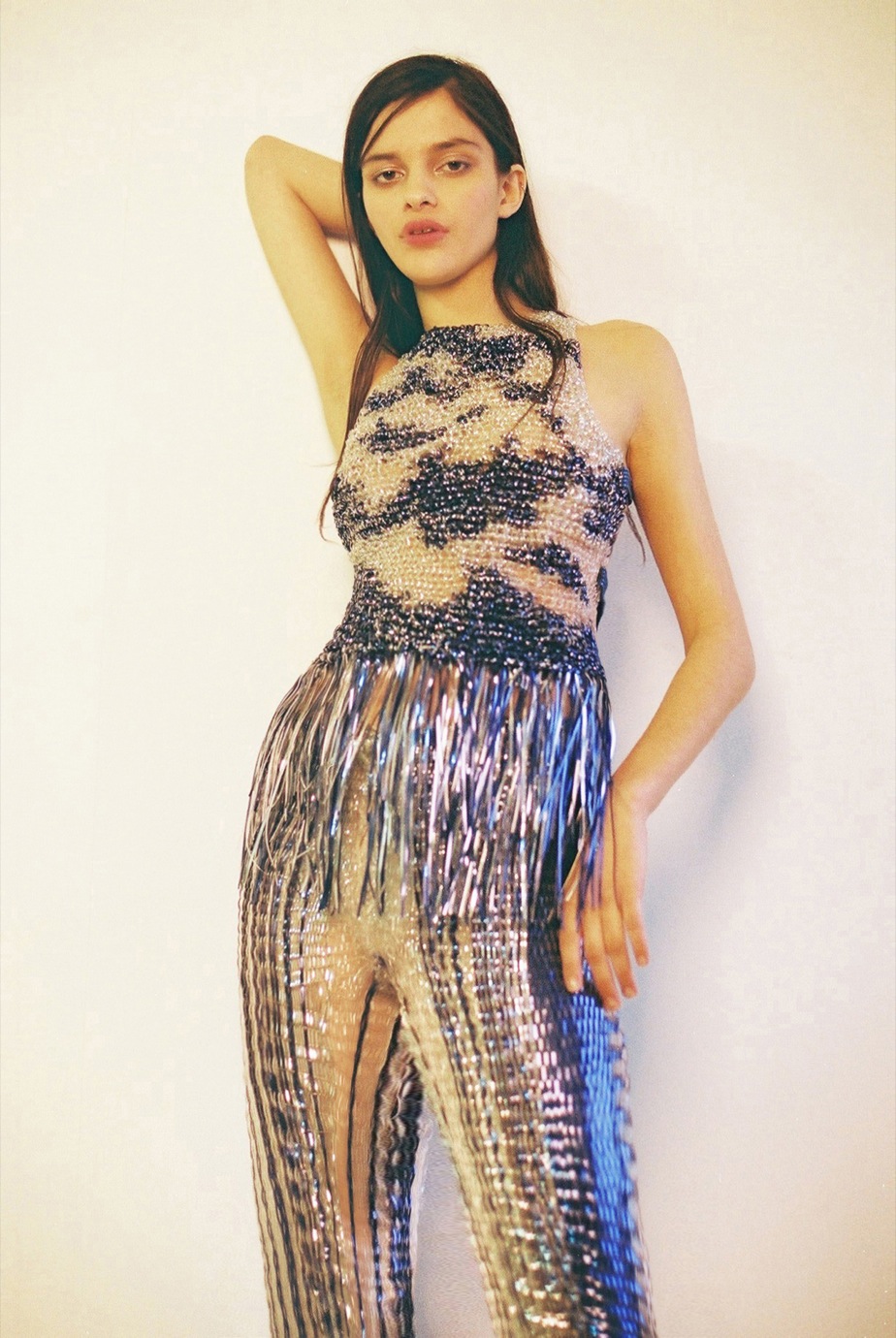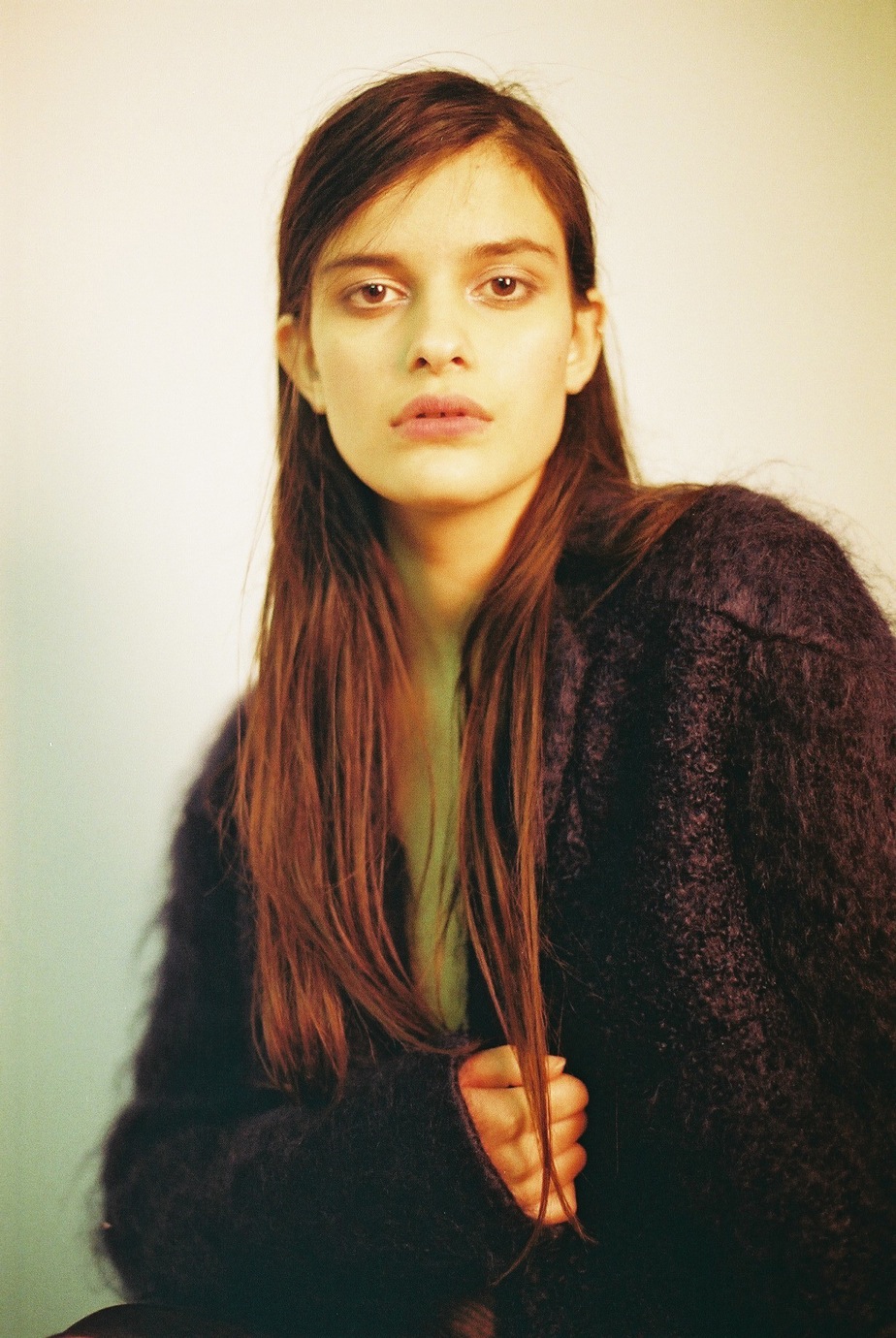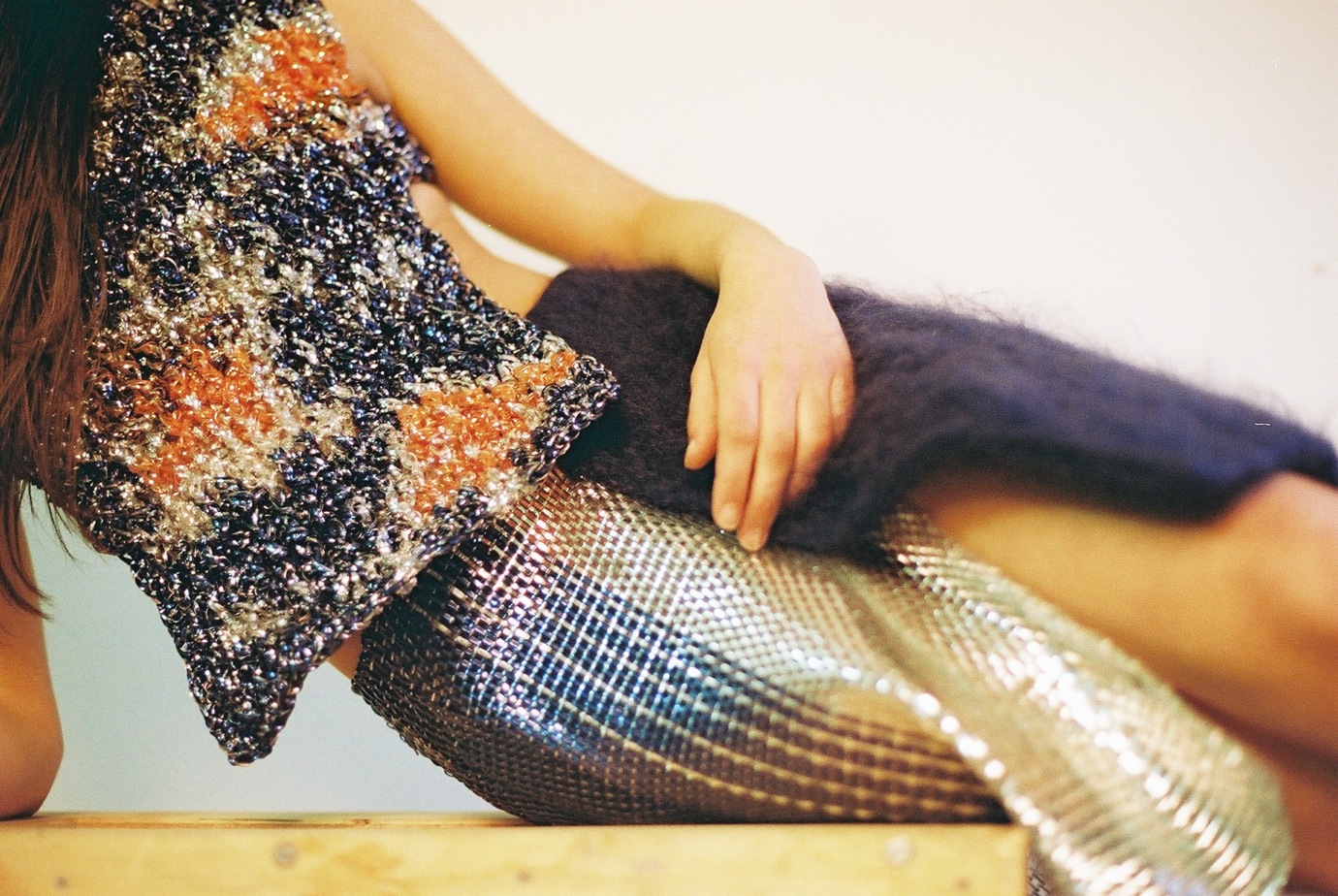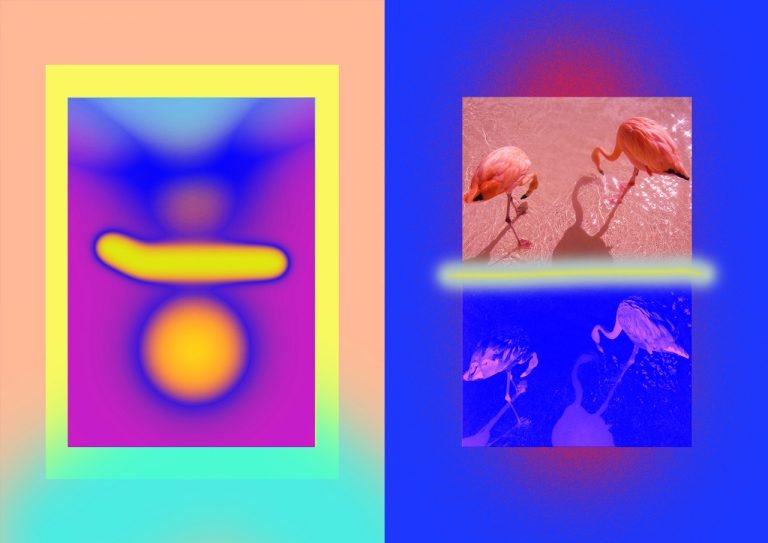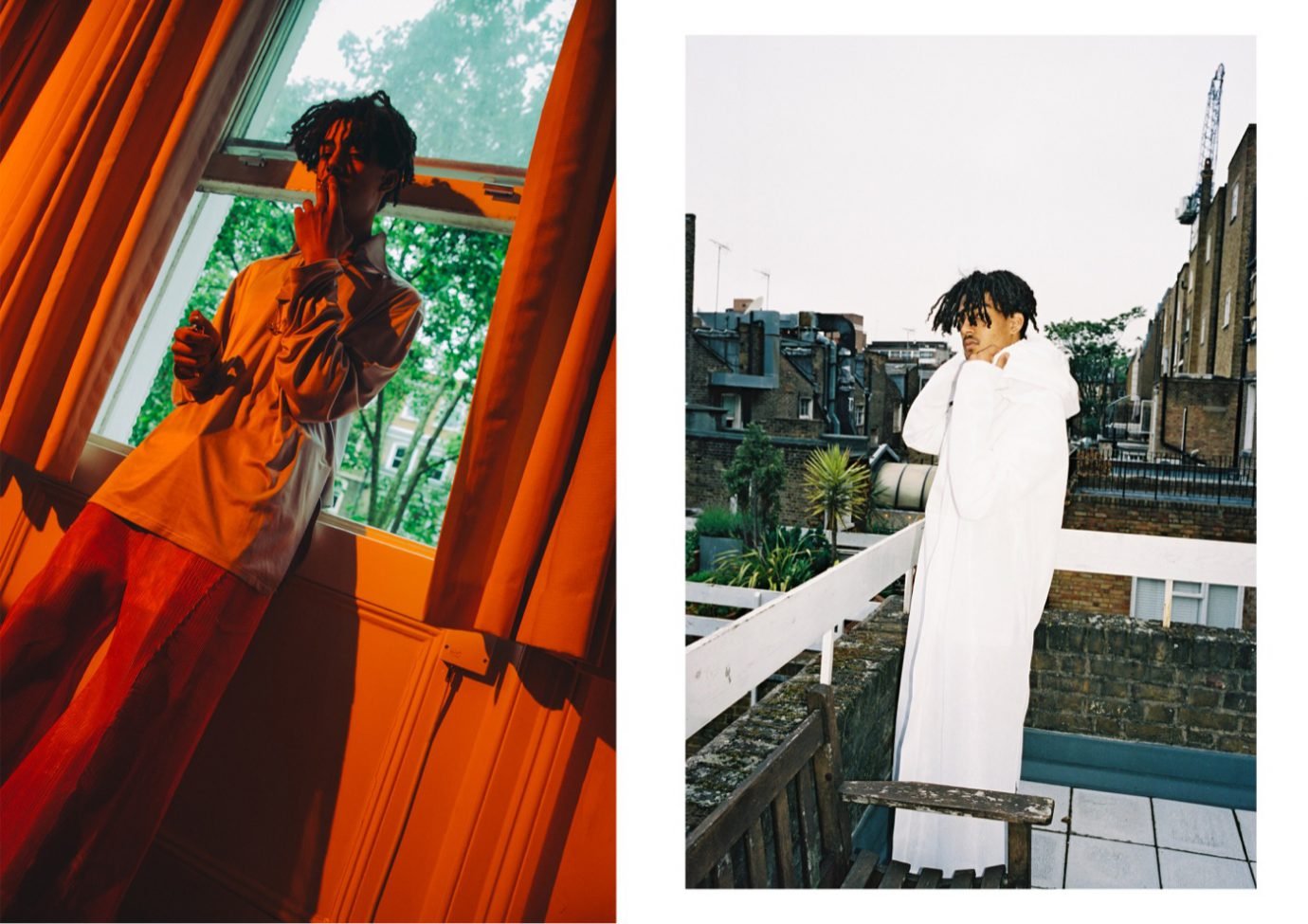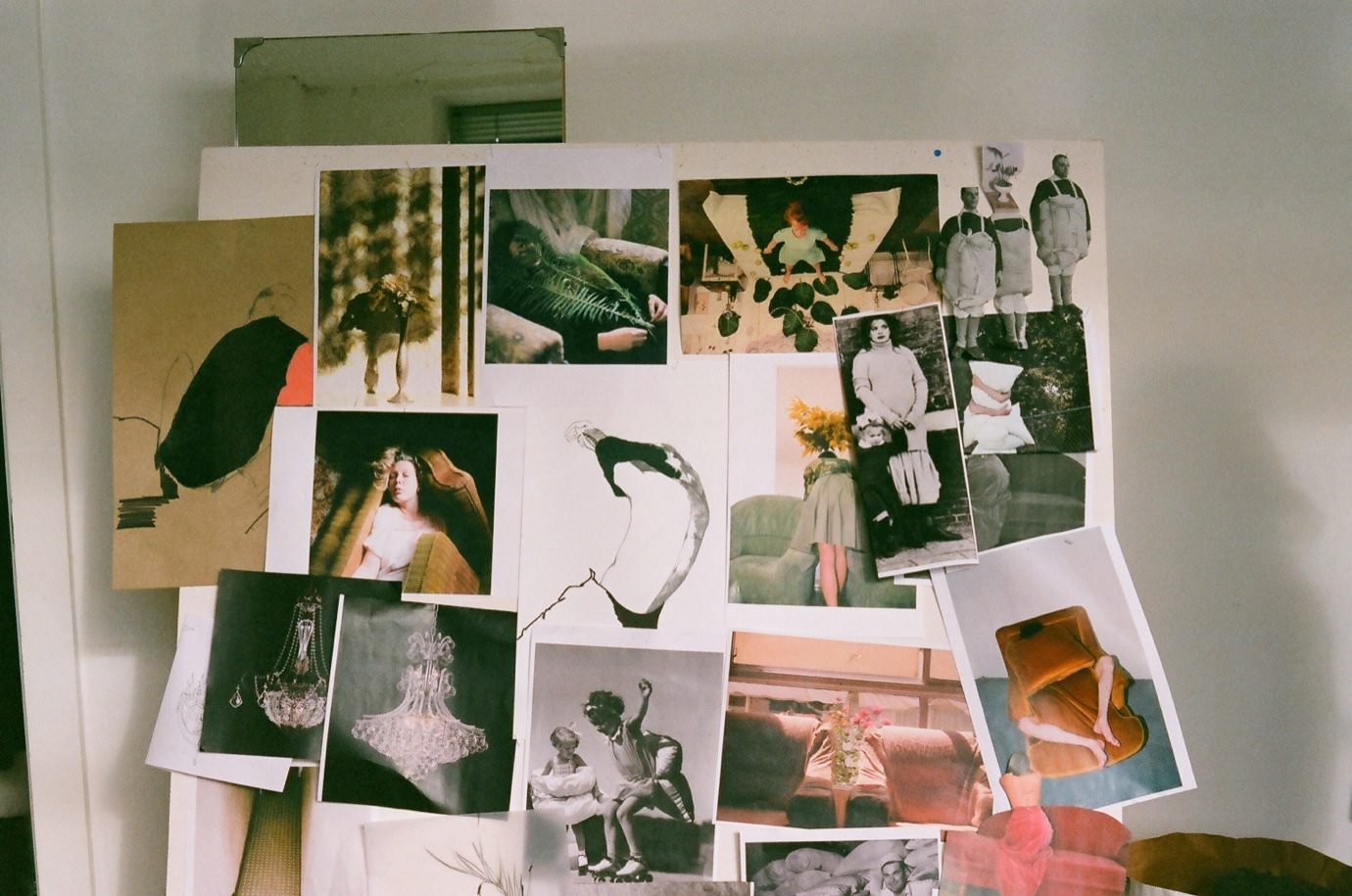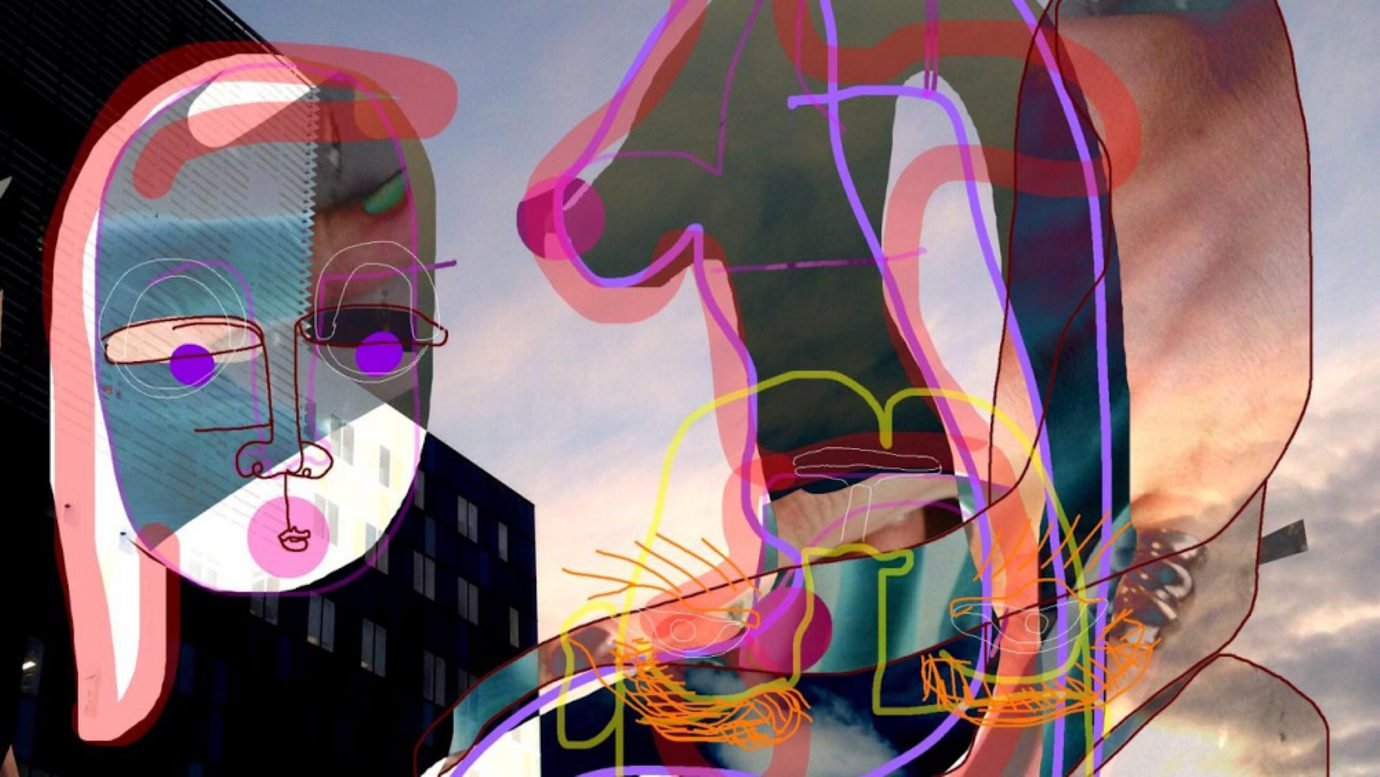Being flown to Stockholm for a two-day trip to get familiar with the company marked the beginning of the competition Graham got shortlisted for. Beside meeting and seeing the work of other candidates, a visit to the H&M headquarters and a one-on-one interview done by their in-house Head of Design Ann-Sofie Johansson were part of the schedule. Ann-Sofie has actually made quite a remarkable journey herself to get to the position she is in now, having started out simply by working on H&M’s shop floor in the late 80’s. “The design department was really small. We did not have any computers,” she has said of the beginning of the career. The fashion industry has definitely changed since those years: now, she oversees a team of 140 designers, but the audience that tunes in to see pictures and videos relating to the Award would not be aware of that, as behind-the-scenes often masterfully avoids ‘reality’.
As H&M will soon be announcing the semifinalists for the 2016 edition of their Design Award competition, we take a look at the work of last year’s finalist Graham Fan, who graduated from the MA Fashion at Central Saint Martins in 2014 and has been creating experimental collections ever since.
“IT’S NEVER THAT COMMON TO MEET SOME OF THE MOST PROMINENT NAMES FROM THE INDUSTRY IN COLLEGE AND HEAR THEIR DIRECT FEEDBACK.”
Graham talks us through the experiences the mass audience would never get a glimpse of: “The conversations I had with the judges at the finals were incredibly valuable. After all, it is never that common to meet some of the most prominent names from the industry in college and hear their direct feedback. It was particularly lovely to chat with Lucinda Chambers (Fashion Director at British Vogue); with Luella Bartley (designer from label Hillier Bartley who formerly led Marc by Marc Jacobs) about the creativity amongst the design process, with Tommy Ton (photographer) about what’s most photogenic of the collection, and with Justin O’Shea (Buying Director of MyTheresa.com) about the commercial viability of particular pieces. They were all conversations that I found incredibly useful when it comes to my design in the future.”
When we asked him about the terms ‘wearability’ and ‘commerciality’ after he had just finished his masters degree, he said “I feel that both elements are undeniably important for shaping up a business,” and that ethos has taken him far. The competition is on a global scale and one of the most important things that comes with that is the press recognition, which Graham reckons is always crucial to have as a new designer. Press or no press, the opinion of the public is what mattered most in the end. After the collection was completed, a poll was set up on the H&M website so that a worldwide audience could select their favourite collections and democratically vote which designs would make it to the stores. (However, H&M does not own any of the designs made by the finalists.)
The designs of Graham’s AW15 collection are, in his own words, a continuation of his MA, which used a plethora of experimental fabrics like elastic fish wire, recycled PVC strips and metallic plastic chords. He now further explores and develops his materials and in contrast to that shiny collection which sometimes resembled woven cassette tapes, this one is purposefully done in a much brighter tone and a lighter finishing. “Silhouette-wise, it is more effortless and streamlined,” he says, and explains that as a new designer he is hoping to build upon the materials he previously sourced and developed, to create something more ‘serene and desirable’ than his previous work. That does not mean a radical change, as “there is still a lot of experimenting going on when I pull the ideas together.”
“I WAS INSTANTLY DRAWN TO THE BARBARELLA’S RETRO AND POSTMODERN VISION OF AN ARTISTIC FUTURE, VISUALISING A POSSIBLE REINTERPRETATION OF ALL THOSE GORGEOUS COSTUMES CRAFTED BY PACO RABANNE.”
Where his MA was influenced by the Boiler Suit —a metal artwork that covers part of Guy’s hospital in London, which struck him with inspiration when he walked past it one morning while doing his laundry — AW15 settled into Graham’s brain while binge-watching some old DVDs. He came across the movie Barbarella from 1968 starring Jane Fonda. “I was instantly drawn to the film’s retro and postmodern vision of an artistic future, visualising a possible reinterpretation of all those gorgeous costumes crafted by Paco Rabanne,” he says. Fonda is portrayed in an overly sexual way in this movie (not unlike some others she made) and in some ways it was this eroticism that informed the aesthetic of the garments. “After all, it is what makes this cult classic so ‘colorful’. However, I did somehow tone down the whole ‘sexual’ element slightly when I approached the designs. While considering a modern wardrobe for a woman with much more subdued sex appeal, I scaled down the volume of individual pieces. Most were cut in minimal silhouettes, while paying more attention to details, à la hand-weave and crochet pieces, and laser-cut plastic fabrics that almost resemble feathers. This exploration of artificial, industrial and synthetic was then amplified in mohair outerwear pieces, as well as skirts made with woven plastic, mohair and bubbly silk acrylic.”
Enough talk of clothes: how is he keeping up with his favourite outside-of-fashion hobby: watching and reading the news, after all the buzz from the past few months? “I tend to read the papers online daily, publications ranging from the New York Times to the New York Post in the United States, and from The Guardian to the Daily Mail locally — not to mention Buzzfeed (for random jokes of the day), so it’s really a mixed bag. Though fairly unrelated to my work, I find it refreshing to stay ‘connected’ with what’s really happening outside the fashion ‘bubble’,” he says, almost like a gentle reminder that a designer should keep up with the current world to truly understand the customers s/he designs for.

